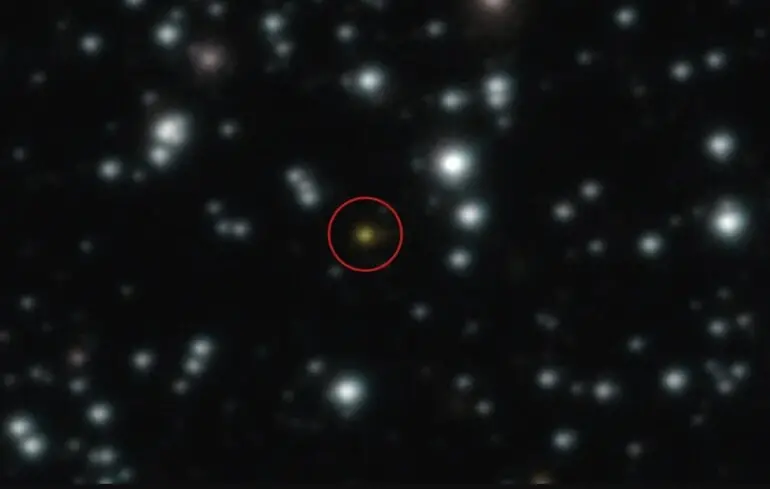Global Scientific Community Investigates Mysterious Cosmic Explosion Challenging Current Theories

Scientists worldwide have focused attention on a new astronomical phenomenon that remains an enigma for modern science.
This involves a mysterious cosmic explosion that suddenly appeared within our galaxy and was recorded through extensive space observations.
The event presents a series of rare, highly energetic gamma-ray bursts, distinguished by their unique characteristics from all known such phenomena.
Typically, gamma-ray bursts last mere milliseconds or a few minutes, but this one was observed over an entire day, sparking considerable interest among researchers.The scientists named this recurring explosion GRB 250702BDE, and it occurred outside our galaxy — the Milky Way.
What is most intriguing is that the event repeated itself, contradicting traditional notions of gamma-ray bursts, which are usually single-occurrence phenomena linked to the death of massive stars.
According to Associate Professor Antonio Martín-Carrillo from University College Dublin, this case is unprecedented in over 50 years of gamma-ray burst observations.
He emphasizes that these bursts are catastrophic events typically occurring once, due to the destructive processes involved.However, this flare has amazed scientists not only by its periodicity but also by signs pointing toward exotic mechanisms of its origin.
One possible explanation suggests that a massive star, around 40 times the mass of the Sun, might have experienced an extraordinary death, where some of its material continued fueling the central engine of emission.
Another hypothesis involves a white dwarf star torn apart by an intermediate-mass black hole, which would make the event exceptionally unique.
Such intermediate black holes are larger than stellar-mass black holes formed from collapsing massive stars but smaller than supermassive black holes at galaxy centers.
Astronomers believe that stellar black holes can merge over time, forming more massive black holes, but detecting intermediate black holes remains immensely difficult.Ongoing research focuses on analyzing the aftermath of the explosion and determining its precise location, which will enable scientists to calculate the energy output.
These findings are vital for understanding cosmic processes and shedding light on the nature of extraordinary astrophysical phenomena, continuously challenging our existing scientific theories and the fundamental laws governing the universe.
Recently, another group of astronomers discovered an unusual galaxy in the early universe dubbed ‘Cosmic Grape,’ rich in dense star-forming regions, opening new horizons for cosmic exploration.

